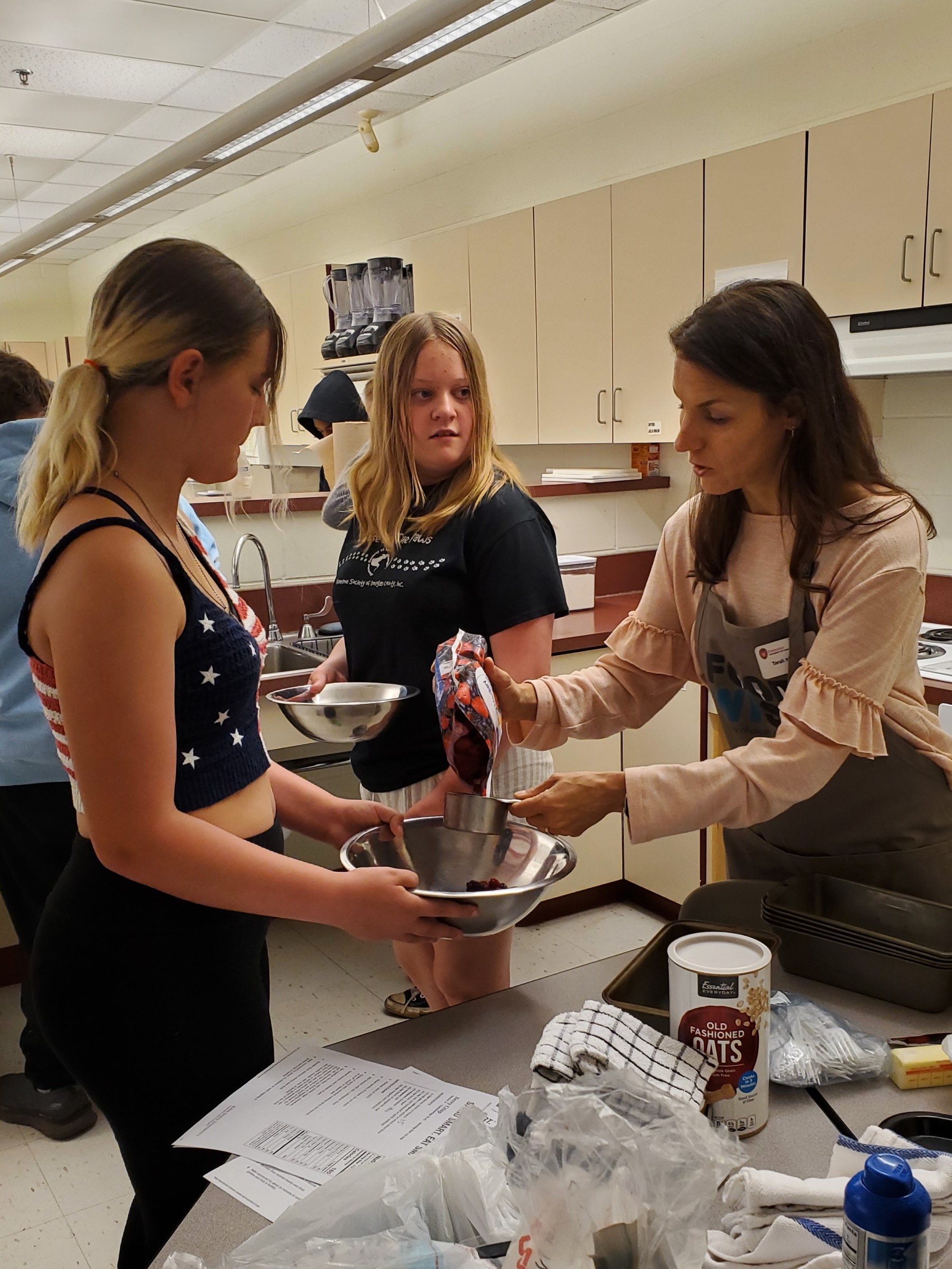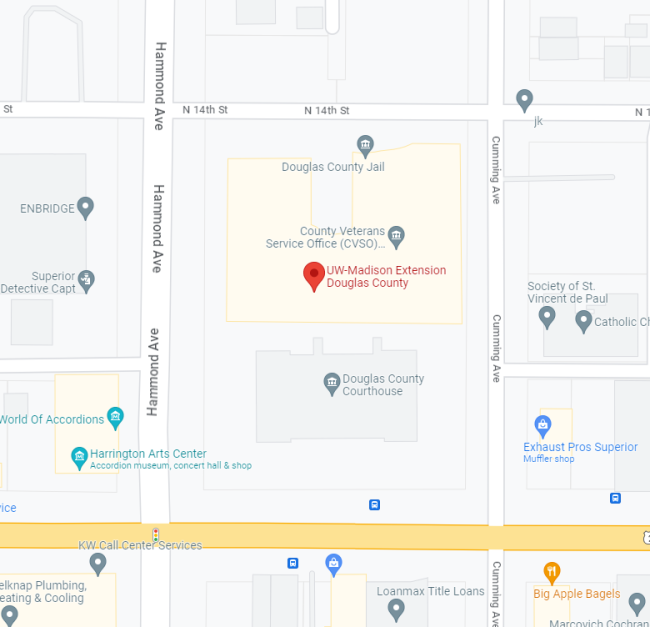What can we help you with?
We teach, learn, lead and serve, connecting people with the University of Wisconsin, and engaging with them in transforming lives and communities.
Extension Douglas County Programs
Latest News and Programs
View our full news archive and latest programs visit here: https://douglas.extension.wisc.edu/updates/
Statewide Extension Calendar of Events: https://extension.wisc.edu/events/
UW Learning Store: Visit for brochures and information on many topics, free to download: https://learningstore.extension.wisc.edu/













